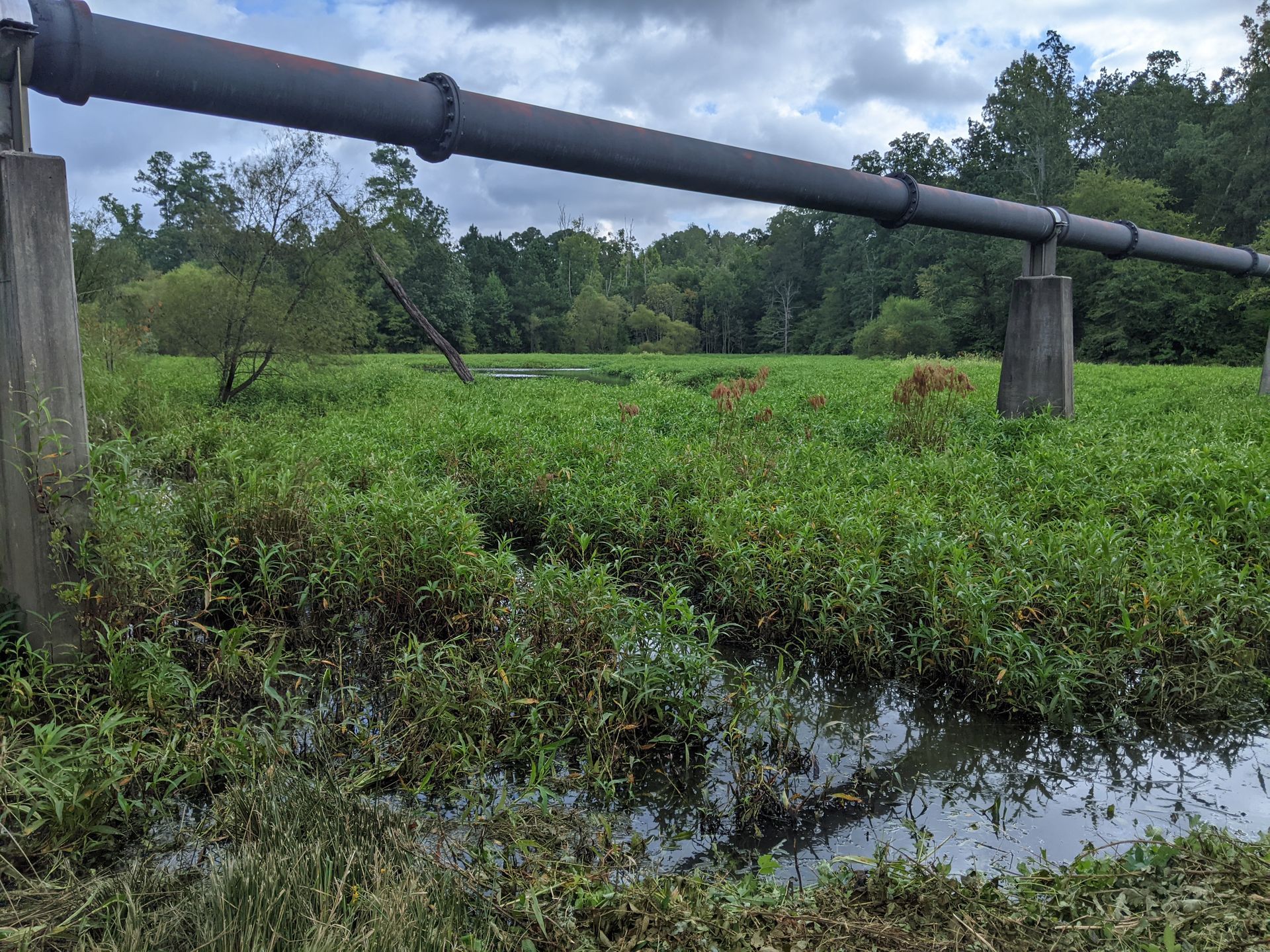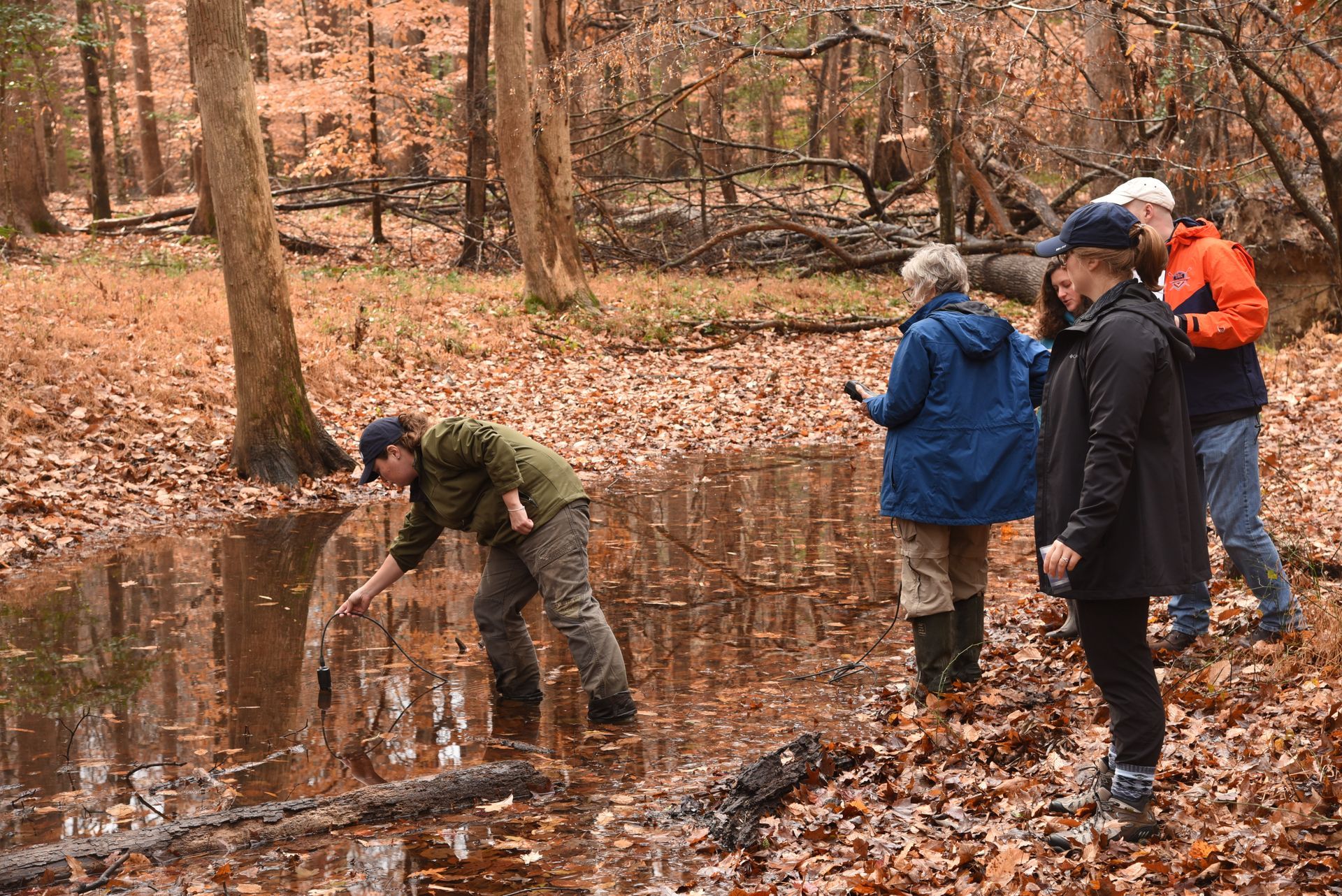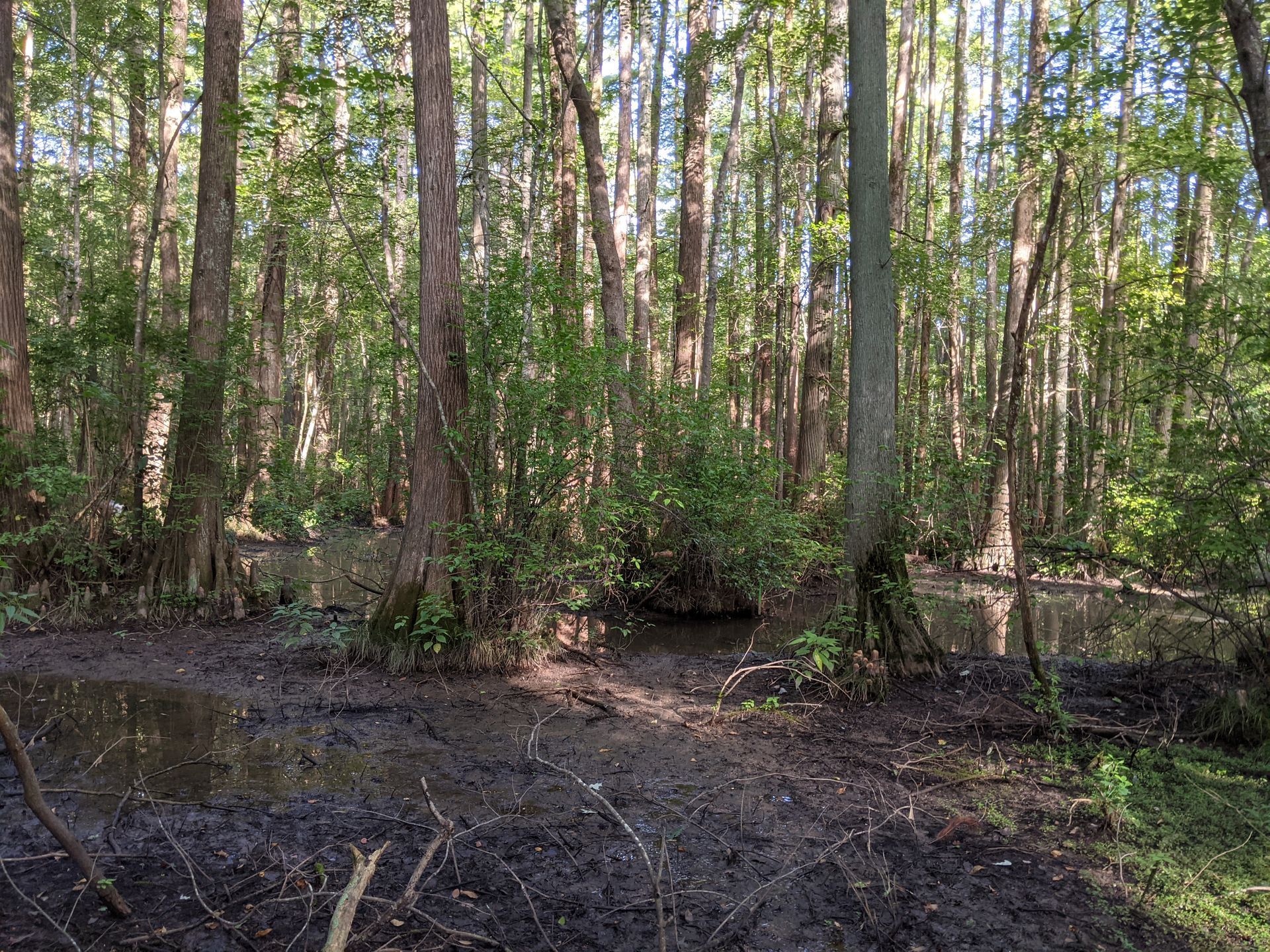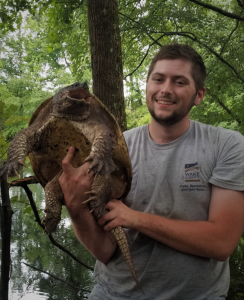Volunteer Resources
Hello Carolina Wetlands Association Volunteers and welcome to the Volunteer Wetlands Monitoring Program!
We are thrilled to welcome you to the team of people that will participate in the Pilot Volunteer Wetlands Monitoring Program.
This is an exciting time for the Carolina Wetlands Association as we partner with NC State University and RTI International to launch this program that is a result of a grant from the US Environmental Protection Agency.
MARK YOUR CALENDAR for 2025 Monitoring
- Spring: March 2025 (complete)
- Summer:
- Wednesday, May 21 (5pm): Site Leader Meeting (virtual)
- Friday, June 6 (9am - 2pm): Hemlock Bluffs Nature Preserve (Cary, NC)
- Saturday, June 7 (9am - 2pm): Mason Farm (Chapel Hill, NC)
- Sunday, June 15 (9am - 2pm): Robertson Millpond (Wendell, NC)
- Wednesday, June 16 (8am-3:30pm): Horseshoe Preserve Training (Raleigh, NC)
- Fall: September
- Winter: Early December
Safety Guide
Please read through the entirety of the VWMP Field Safety Guide.
This guide covers everything you need to know about staying safe during our wetland monitoring visits. The Carolina Wetlands Association requires that all VWMP volunteers read this document.
Training and Demonstration
Amphibian Monitoring Protocol
This protocol provides instructions for monitoring amphibians at our study site. Please review before coming to a monitoring event.
Amphibian Photo ID Sheets
These photos show common amphibians of the NC Piedmont at different life stages. Please review before coming to an amphibian.
iNaturalist Quick Start Guide for iPhones
This guide will give you a refresher on how to enter your observations into iNaturalist on our iPads.
This handy guide from Northeast Partners in Amphibian and Reptile Conservation, gives instructions for disinfecting field equipment and boots between monitoring sites and at the end of the day to stop the spread of pathogens that could endanger amphibians and reptiles.
A handy cheat sheet to remember how to read a staff (stage) gauge
Some of the common wetland hydrology indicators that we see on our sites.
Wetland Water Sampling, Monitoring and Measuring – Training Videos
Water Level Monitoring Volunteer Training Video (5:14)
Water Quality Sampling Volunteer Training Video (2:39)
Collecting Water Measurements Volunteer Training Video (3:03)
Field Work 101
Optional Training for volunteers with limited or no experience in field work.
Webinar - Wetlands and Climate Change
Meet the VWMP Principal Investigators
The VWMP is led by a fantastic group of Principal Investigators. This is a continuing series about these dedicated members of the team.
Recent Blog Posts


